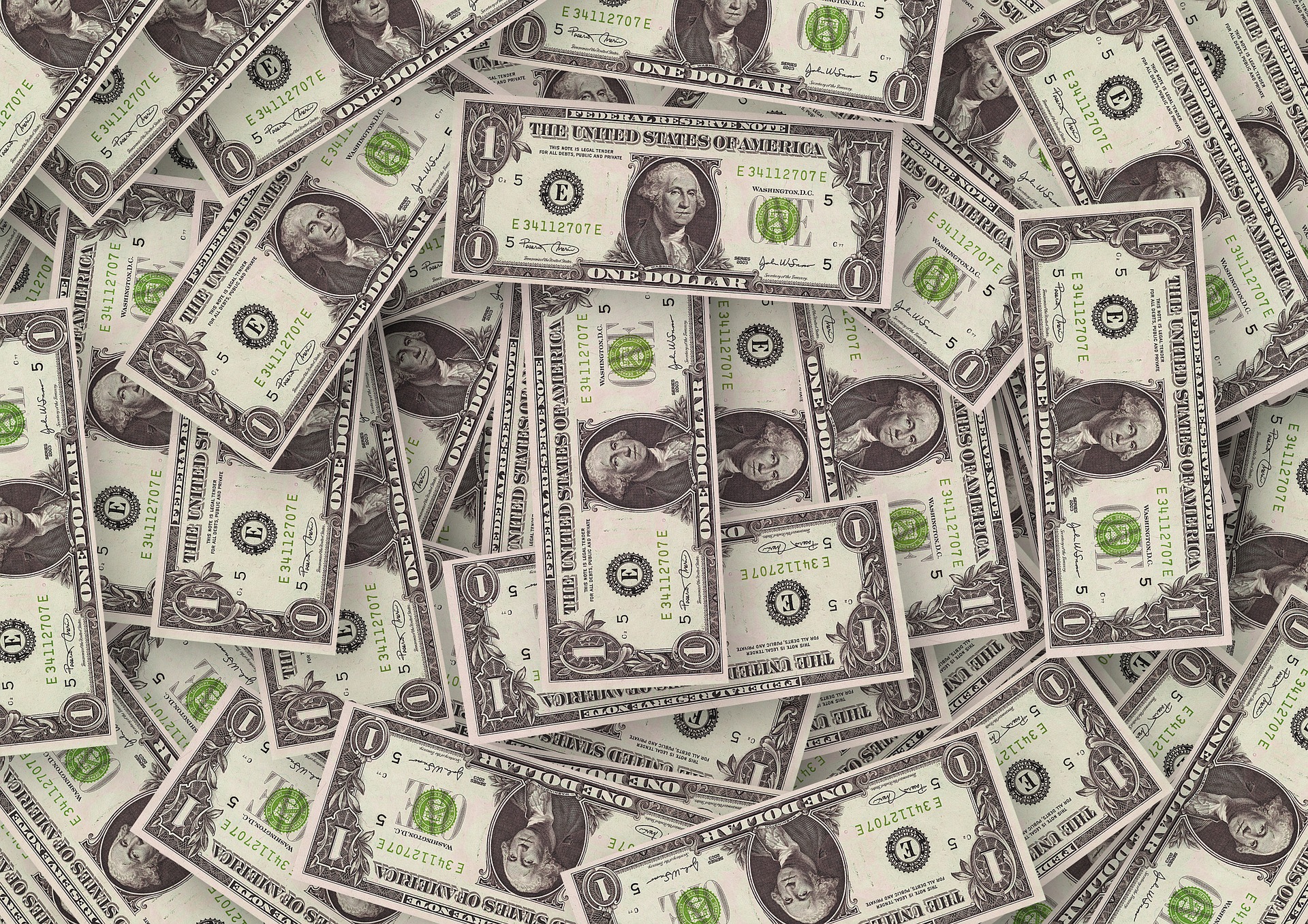The US dollar index is at a 3-month high at 92.70. The greenback moves higher with good non-farm payroll data in June, backed by growth in the job market.

The greenback dropped from 92.75 to 92.41 levels on July 2, 2021, which is also the April high. The jobless claims have come down, pushing the yields higher. Non-farm payroll saw significant growth as employment opportunities increase.
The US dollar strengthened to 92.41 levels on June 2, 2021. The US dollar index went below the 89.50 level in May 2021. However, the dollar gained strength in July, moving to above 92.00 levels in July.
In June, the US dollar index saw a sharp surge as the economy reopened after the lockdown. After consolidating in the 91.50 to 92.50 range in the last week of June, it has surged higher again in July.
Greenback Higher with Improved Non-Farm Payrolls and Employment
Nonfarm payroll employment has gone up by 850,000 in June. The US Bureau of Labor Statistics shows a slight increase in the unemployment rate at 5.9%, better than the previous data at 5.8%. It indicates good economic activity and recovery in the country. Improved non-farm payroll figures show that the job market has improved.
Though the job market shows accelerating growth, employment has dropped. Workers demand a higher pay scale. The minimum pay workers are not willing to work for the prevailing wage. Growth in the job market reflect on the US dollar index as it moved to a 3-month high at 92.75. As lockdown restriction eases in the country, it will boost consumer confidence and improve spending, say experts.
US Unemployment Claims Lower as Greenback Strengthens
Unemployment Claims have come down from 415k to 364k, which is a good sign of recovery in the US economy. Consumer spending m/m has come down from 0.1% to – 0.3%.
Increased unemployment benefits are keeping people at home. Workers are not willing to work, as they get unemployment benefits. It includes the weekly check for $300. The government provides benefits to protect people from the labor crunch, but people are using the stimulus from the government to stay at home.
More people are remaining at home with early retirement. The stock market is at a record high, and many shares are surging higher. Retired people are investing in the foreign currency exchange, as share prices are zooming higher in the stock markets.
The US ISM manufacturing index shows a marginal dip from 61.2 to 60.6. However, the data shows industry expansion above 50.0. New orders, production, and inventories have brought growth in the manufacturing sector.
US Trade Deficit Widens
The monthly trade deficit has increased. The Commerce Department states that the trade gap in goods and services has gone up to 3.1% from the previous month. The increase in imports is due to the rising demand for crude oil, food, beverages, and lumber. However, exports have come down as global consumption has come down. Exports of goods and services have risen to $206 billion, an increase of 0.6%. Imports were at $277.3billion, with a 1.3% gain.
Rising Vaccination Rate
Job growth is seen in the hospitality and leisure industry. People are willing to dine out and travel to places. Retail trade shows growth as businesses reopen after the lockdown. Education and professional services offer new job opportunities. Employment opportunities in the manufacturing and service sectors are increasing. But workers are reluctant to work as they demand higher wages and incentives. Employment in the government educational sector shows good recruitment growth.
The vaccination drive has allowed for the easing of lockdown restrictions. More than 150 million Americans are fully immunized. The quick recovery from Covid cases has helped to strengthen the economy. People can find jobs and earn good salaries, apart from the government stimulus package offered to them. The strengthening in the greenback is due to good economic recovery in the US.
Impact of Greenback on Foreign Exchange Market
British pound to USD closed at 1.3821 for the week. The British pounds to dollars in the foreign exchange market have weakened to April lows. The British pound had strengthened against the dollar previously, but the upwards trajectory in the greenback has pushed the British pound to USD to fresh lows. The British pounds to dollars have strong support at 1.3700 areas.
The currency exchange rate of I euro to USD is 1.1864. The growing strength in the greenback has pushed the euro-to dollar conversion at June lows at 1.1860 areas. The euro-to-dollar conversion has another support at the April lows at 1.1700.
The foreign currency exchange of the US dollar to RMB is at 6.4721. Economic recovery in China has moderated. Industrial production has come down from 9.8% in April to 8.8% in May. The US dollar to RMB has risen to May highs as retail sales have come down. Business activities in China have come down.
The increase in non-farm payroll employment has led to the fall in Treasury yields, say analysts. Investors keep a close watch on the data as it helps to determine the tapering in the monthly bond purchase by the Federal Reserve.